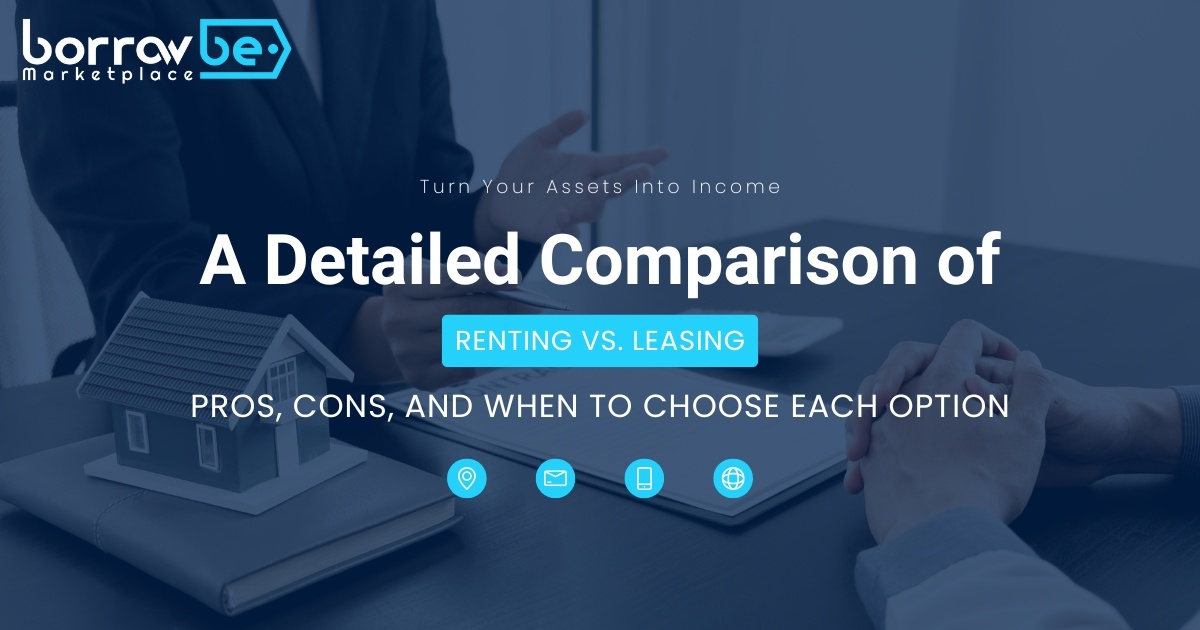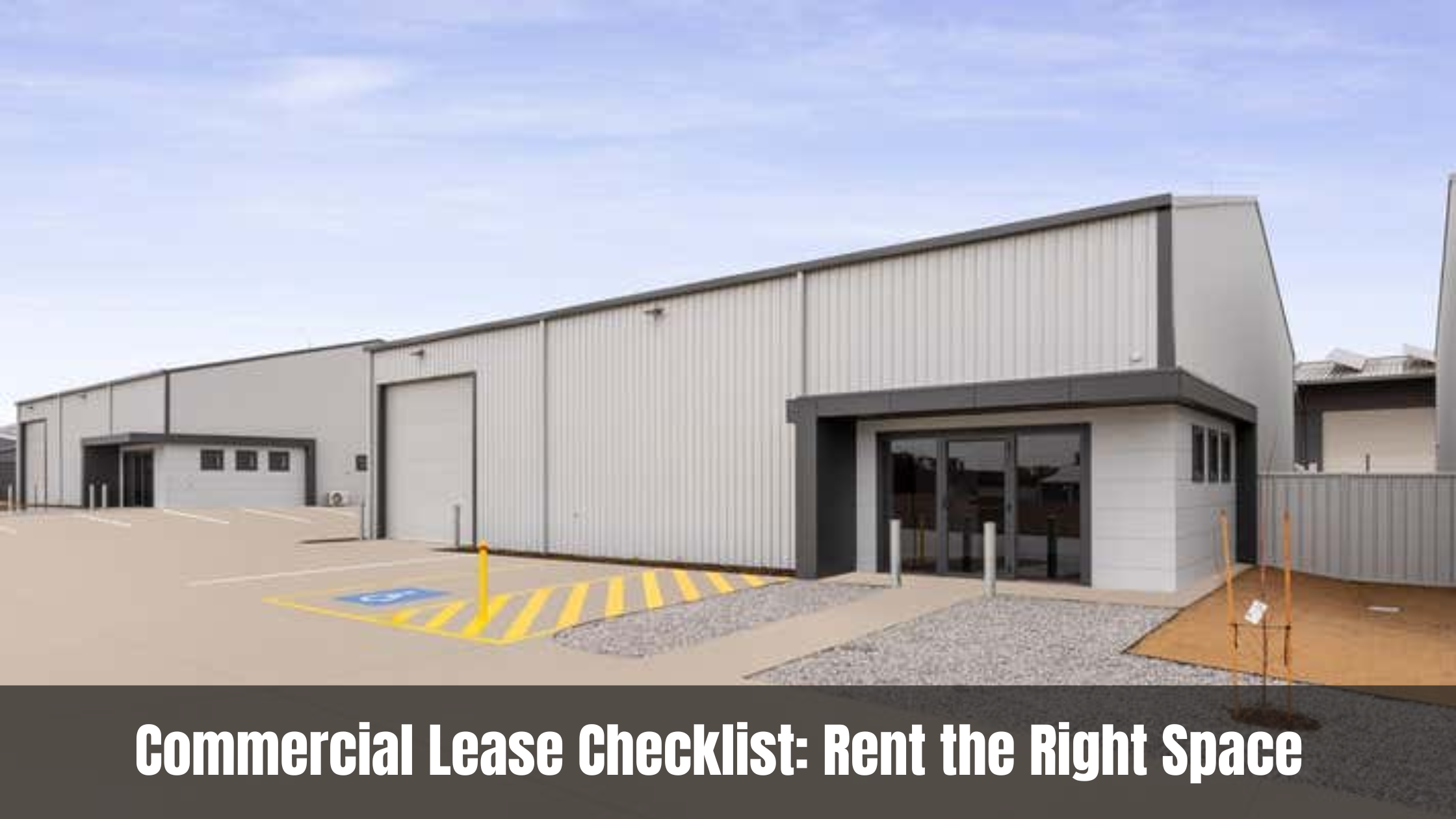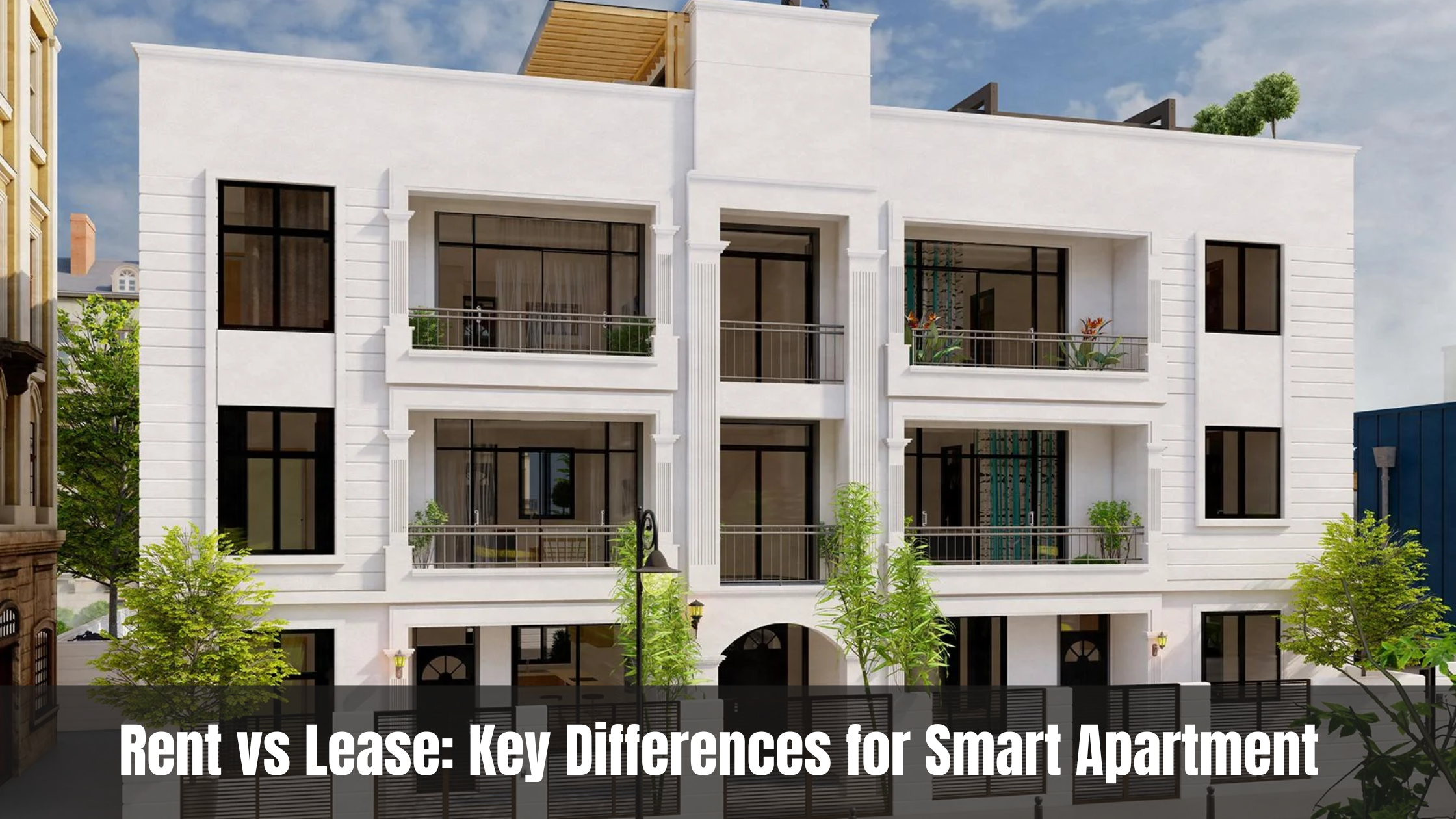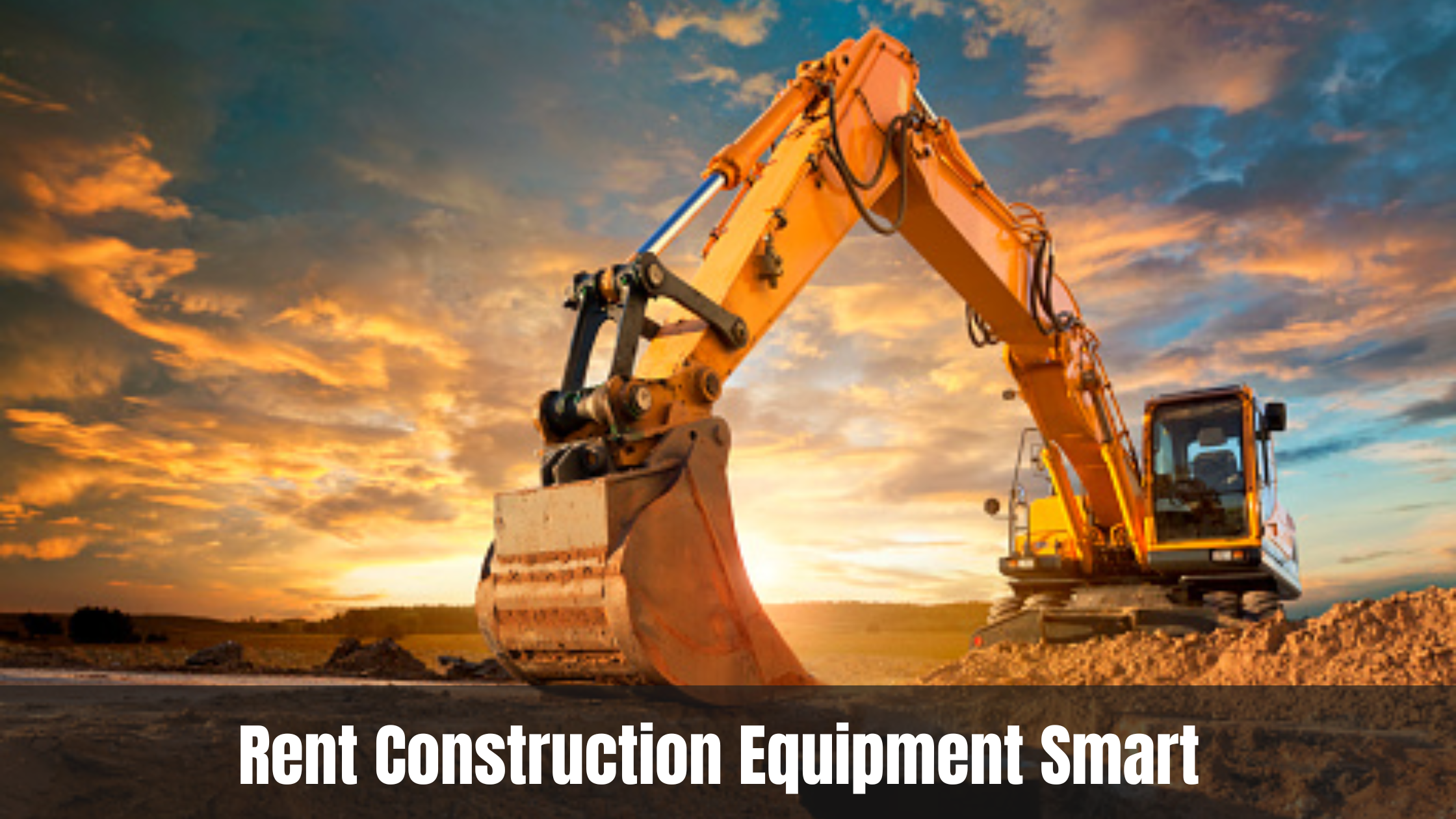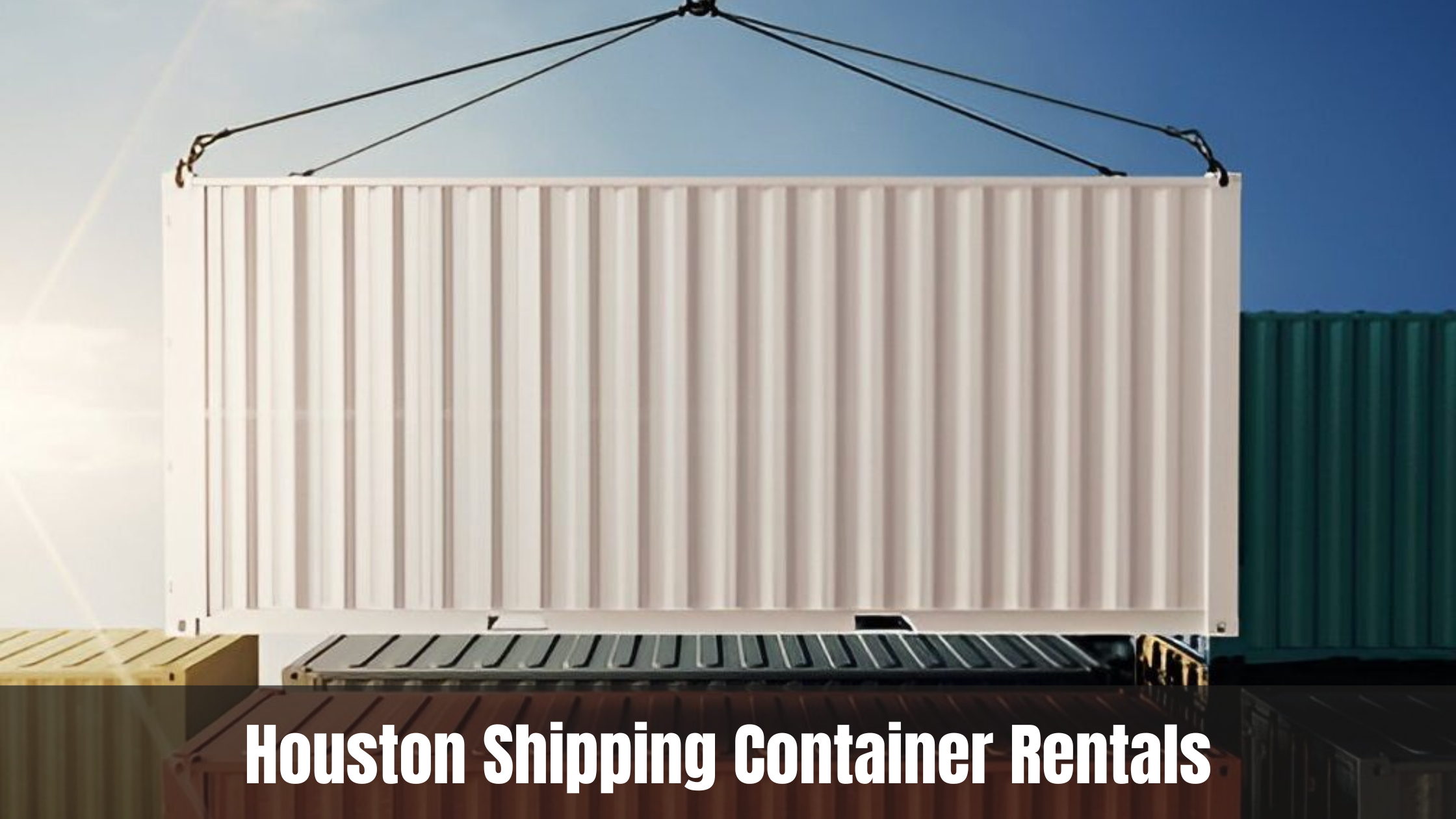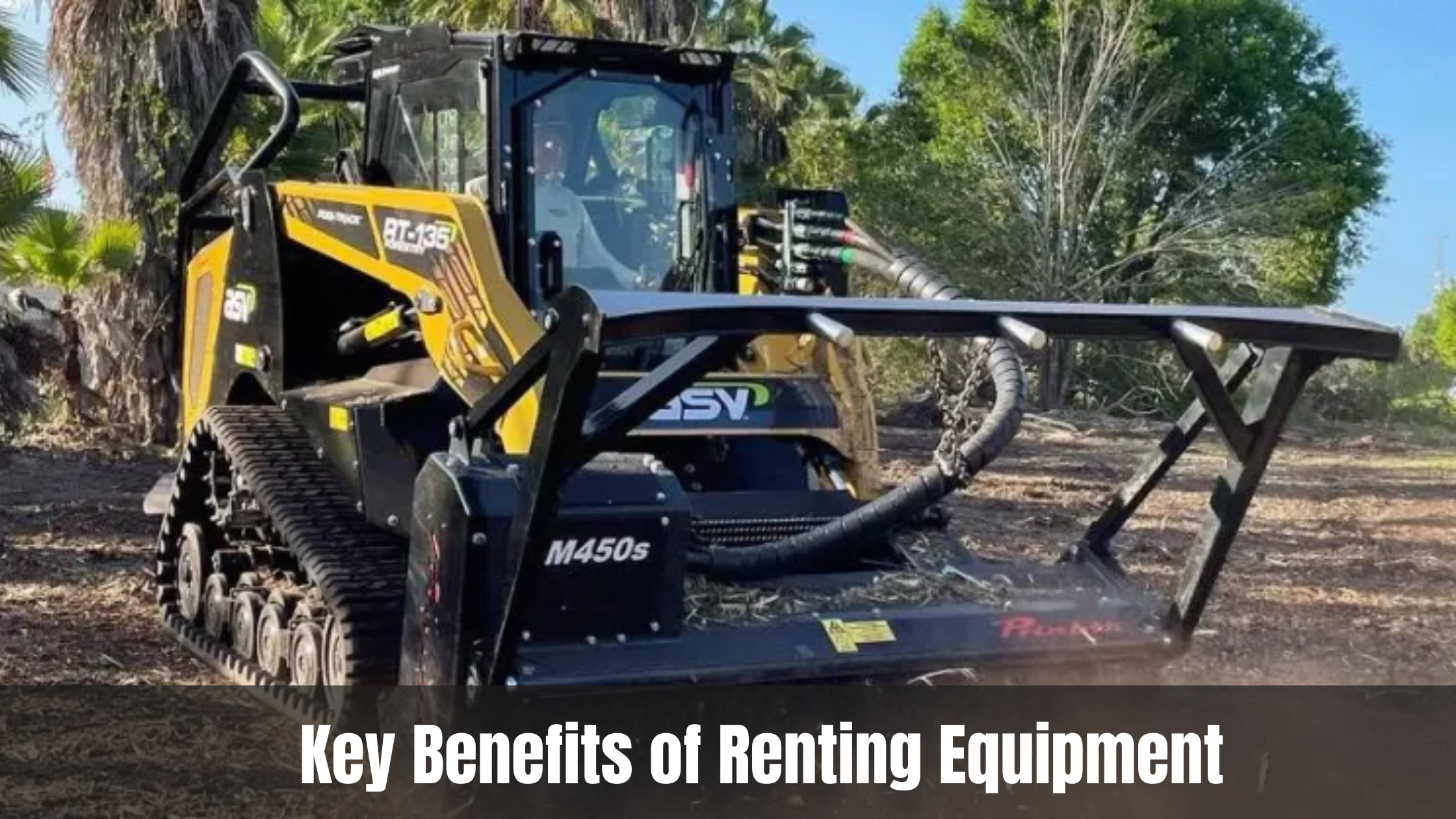While renting and leasing may appear similar, they have notable distinctions. Renting often refers to short-term, month-to-month arrangements, giving tenants more flexibility, but also exposing them to possible rate hikes. In contrast, leasing generally involves a longer commitment, such as a 12-month contract, with fixed monthly payments, offering more stability and predictability—though it can reduce the tenant's mobility options during that period.
When it comes to acquiring assets like homes, cars, or equipment, the decision between renting and leasing can significantly impact your finances and lifestyle. Both options offer unique advantages and drawbacks, making it essential to understand their differences. This comprehensive guide will explore the pros, cons, and ideal scenarios for renting and leasing, helping you make an informed decision tailored to your needs.
Renting: What It Means and How It Works
Renting is a short-term agreement where you pay a fee to use an asset, such as a house, car, or equipment, for a specific period. Unlike leasing, renting typically does not involve long-term commitments, making it a flexible option for those who need temporary access to resources.
For example, if you’re looking for a house for rent, platforms like BorrowBe offer a wide range of options to suit your needs. Renting is also popular for vacation properties, where you can find the perfect vacation rental for a weekend getaway or an extended holiday.
Key Features of Renting
- Short-term commitment (month-to-month or fixed-term agreements).
- No ownership rights or equity buildup.
- Maintenance and repairs are usually the landlord’s responsibility.
- Flexibility to upgrade or change assets as needed.
Leasing: What It Means and How It Works
Leasing, on the other hand, is a long-term agreement that allows you to use an asset for an extended period, often with the option to purchase it at the end of the lease term. This option is commonly used for cars, heavy machinery, and even commercial properties.
For instance, if you’re considering a car for lease, platforms like BorrowBe provide a variety of options to fit your budget and preferences. Leasing is particularly beneficial for businesses that need construction machinery without the upfront costs of purchasing.
Key Features of Leasing
- Long-term commitment (typically 1-5 years).
- Option to buy the asset at the end of the lease term.
- Lower monthly payments compared to buying.
- Maintenance responsibilities may vary depending on the agreement.
Pros of Renting
Renting offers several advantages, especially for individuals and businesses seeking flexibility and minimal financial commitment.
Flexibility and Short-Term Commitment
Renting allows you to use an asset without being tied down to a long-term agreement. This is ideal for those who frequently relocate or need temporary access to resources. For example, students or professionals on short-term assignments often prefer renting homes or cars.
Lower Upfront Costs
Renting typically requires a security deposit and the first month’s rent, making it more affordable than leasing or buying. This is particularly beneficial for startups or individuals with limited budgets.
Minimal Maintenance Responsibilities
In most rental agreements, the landlord or owner is responsible for maintenance and repairs. This reduces the burden on renters and ensures that the asset remains in good condition.
Cons of Renting
While renting has its perks, it also comes with certain drawbacks that you should consider.
No Ownership or Equity Buildup
Renting does not provide any ownership rights or equity buildup. This means you’re essentially paying for temporary access without any long-term financial benefits.
Limited Customization Options
Renters often face restrictions on customizing or modifying the asset. For example, you may not be allowed to repaint a rented house or make significant changes to a leased car.
Potential for Frequent Relocation
Short-term rental agreements may require you to move frequently, which can be inconvenient and costly. This is especially true in competitive rental markets where lease renewals are not guaranteed.
Pros of Leasing
Leasing offers several benefits, particularly for those who need long-term access to assets without the high costs of purchasing.
Lower Monthly Payments
Leasing typically involves lower monthly payments compared to buying, making it an attractive option for businesses and individuals with budget constraints.
Option to Purchase
Many lease agreements include an option to buy the asset at the end of the lease term. This allows you to test the asset before committing to ownership.
Tax Benefits for Businesses
Businesses can often deduct lease payments as operating expenses, providing significant tax advantages. This makes leasing a popular choice for companies needing equipment or vehicles.
Cons of Leasing
Despite its advantages, leasing also has some downsides that you should be aware of.
Long-Term Commitment
Leasing requires a long-term commitment, which can be a disadvantage if your needs change unexpectedly. Breaking a lease early often incurs hefty penalties.
Mileage and Usage Restrictions
Car leases, for example, often come with mileage limits. Exceeding these limits can result in additional fees, making leasing less flexible for frequent travelers.
Wear and Tear Charges
At the end of a lease, you may be charged for excessive wear and tear. This can add unexpected costs, especially if the asset has been heavily used.
When to Choose Renting
Renting is the ideal choice in several scenarios, particularly when flexibility and short-term access are priorities.
Temporary Living or Working Situations
If you’re relocating for a short-term job or studying abroad, renting a home or car makes more sense than committing to a long-term lease.
Testing a New Market
Businesses looking to expand into new markets can benefit from renting office space or equipment before making a long-term investment.
Limited Budget
Renting is often more affordable upfront, making it a better option for individuals or businesses with limited financial resources.
When to Choose Leasing
Leasing is the better option in situations where long-term access and lower monthly payments are more important than ownership.
Long-Term Business Needs
Businesses that need equipment or vehicles for extended periods can benefit from leasing, as it offers lower monthly payments and potential tax advantages.
Frequent Upgrades
If you prefer driving the latest car models or using the newest technology, leasing allows you to upgrade regularly
without the hassle of selling old assets
.
Building Credit
Leasing can help individuals and businesses build credit, as consistent lease payments are reported to credit bureaus.
Financial Implications of Renting vs. Leasing
Upfront Costs
- Renting: Security deposit and first month’s rent.
- Leasing: Down payment, security deposit, and first month’s lease payment.
Monthly Payments
- Renting: Typically higher monthly payments compared to leasing.
- Leasing: Lower monthly payments, but long-term commitment.
Long-Term Costs
- Renting: No equity buildup, but flexibility to move or upgrade.
- Leasing: Potential to own the asset, but additional costs for wear and tear or mileage overages.
Renting vs. Leasing: A Side-by-Side Comparison
|
Feature |
Renting |
Leasing |
|
Commitment Length |
Short-term (month-to-month) |
Long-term (1-5 years) |
|
Ownership |
No ownership rights |
Option to purchase at lease end |
|
Monthly Payments |
Higher |
Lower |
|
Maintenance |
Landlord’s responsibility |
Lessee’s responsibility |
|
Flexibility |
High |
Low |
Frequently Asked Questions (FAQs)
1. What is the primary difference between renting and leasing?
The key difference lies in commitment length and ownership options.
- Renting is a short-term agreement with no ownership rights.
- Leasing is a long-term contract that may include an option to purchase the asset at the end.
2. Is renting more expensive than leasing?
- Renting typically has higher monthly payments due to its flexibility and shorter commitment.
- Leasing generally has lower monthly costs, but it requires a longer financial commitment.
3. When should I choose renting over leasing?
Renting is ideal when you need:
- Short-term access to an asset (e.g., vacation homes, temporary housing).
- More flexibility with no long-term financial obligations.
- Minimal maintenance responsibilities, as landlords usually handle repairs.
4. When is leasing a better option than renting?
Leasing is beneficial when:
- You need an asset for the long term (e.g., cars, office space, or equipment).
- You prefer lower monthly payments compared to outright purchasing.
- You want the option to buy the asset at the end of the lease.
5. Can I negotiate the terms of a rental or lease agreement?
Yes! Both rental and lease agreements are negotiable, including:
- Monthly rent/lease payments
- Maintenance responsibilities
- Security deposits
- Contract duration
6. What happens if I break a lease or rental agreement early?
Renting:
- You might lose your security deposit or pay a penalty.
- Month-to-month agreements typically offer more flexibility.
Leasing:
- Breaking a lease can result in hefty penalties or early termination fees.
- Some leases allow lease transfers to another party.
7. Is leasing or renting better for businesses?
Leasing:
- Best for businesses needing long-term access to assets (e.g., equipment, office spaces, company vehicles).
- Offers lower monthly costs and potential tax deductions.
Renting:
- Ideal for businesses needing temporary solutions or trial periods in a new market.
8. Are there tax benefits to leasing?
Yes! Businesses can often deduct lease payments as operating expenses, making it a cost-effective solution.
9. What happens at the end of a lease?
At the lease's end, you typically have three options:
- Return the asset to the owner.
- Renew the lease under new terms.
- Purchase the asset if your lease agreement includes a buyout option.
10. How do I decide between renting and leasing a car?
Leasing:
- Lower monthly payments than purchasing.
- Mileage limits and restrictions.
- Option to buy the car at the lease's end.
Renting:
- Short-term flexibility (great for travel or temporary use).
- No mileage restrictions, but higher daily/monthly costs.
